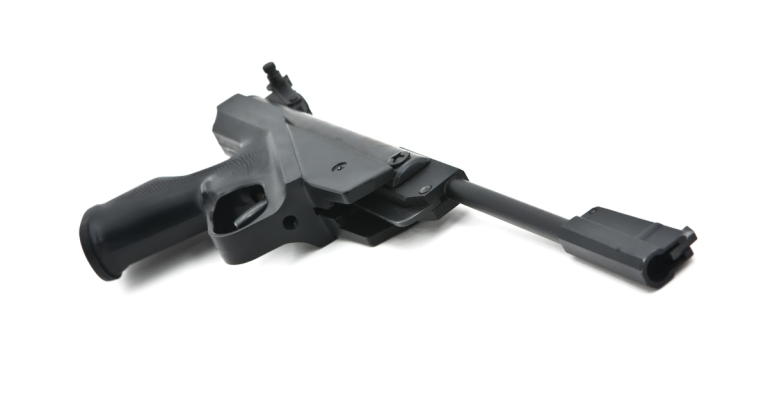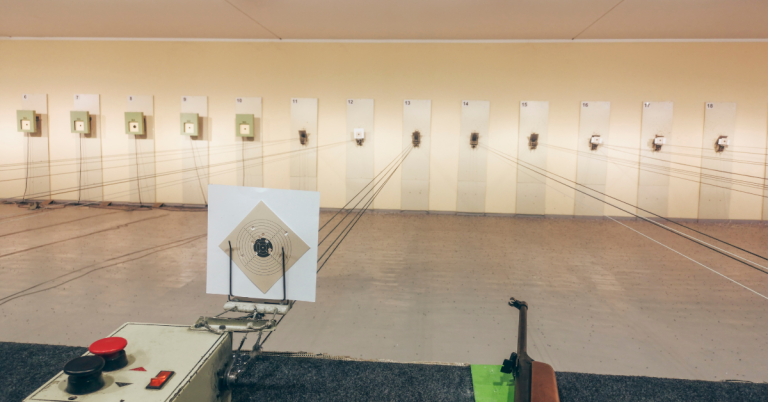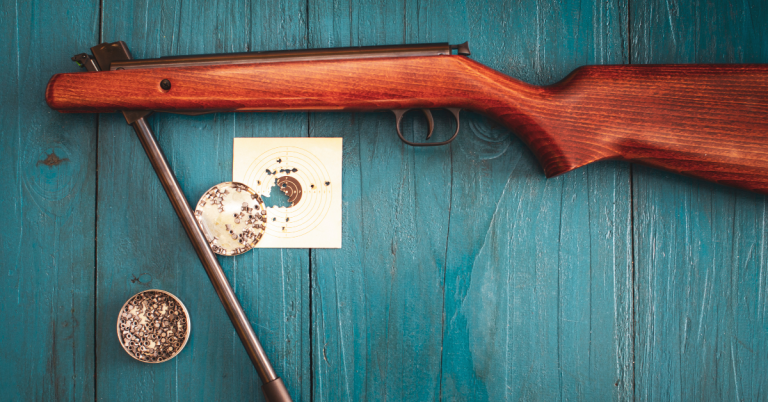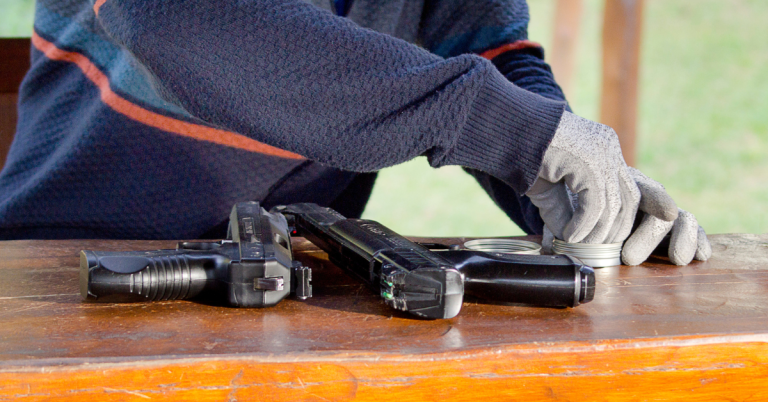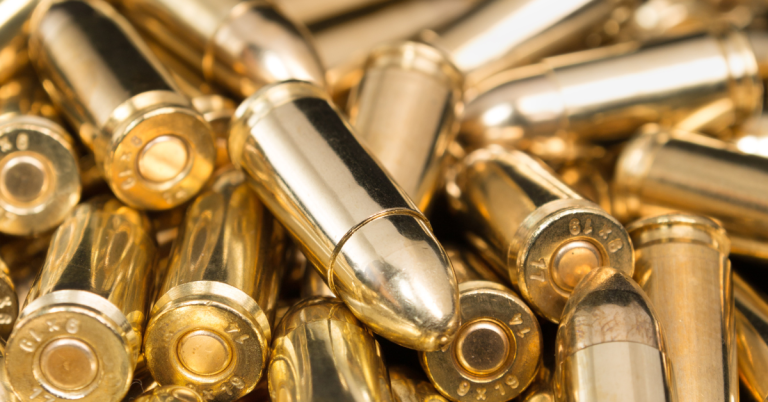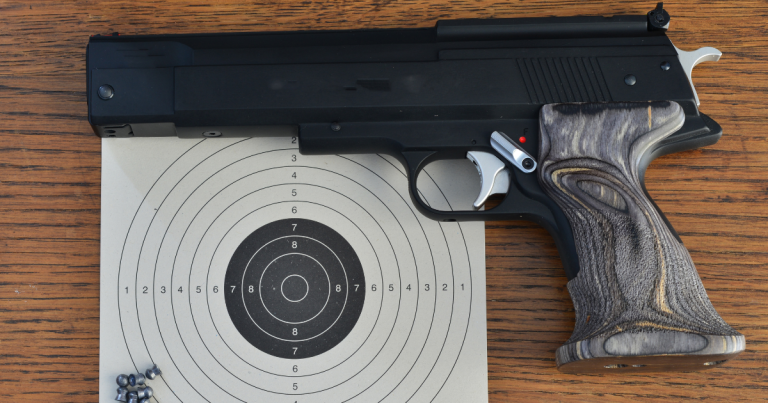The Science of Air Pistols: Mechanics, Pneumatics, and Ballistics
Air pistols are fascinating devices that combine mechanical engineering, physics, and precision to offer a unique shooting experience. In this blog post, we’ll explore the intricate science behind air pistols, including their mechanics, the physics of pneumatics, and the ballistics that govern their use.
Understanding the Mechanics
At the heart of an air pistol’s operation is the concept of compressed air. Unlike firearms that use gunpowder to propel a bullet, air pistols rely on air that’s been compressed to a high pressure. When you pull the trigger, this compressed air is released, pushing the pellet out of the barrel at high speeds.
Types of Air Pistols
There are three main types of air pistols, each with its own unique mechanism:
- Spring-Piston: These air pistols contain a coiled spring and a piston. Cocking the gun compresses the spring. When the trigger is pulled, the spring releases, pushing the piston forward and compressing air in the chamber to launch the pellet.
- Pre-Charged Pneumatic (PCP): PCP air pistols have a reservoir filled with compressed air. When the trigger is pulled, a small amount of this air is released to propel the pellet. They are known for their power and accuracy.
- CO2-Powered: These pistols use small CO2 cartridges as their power source. The CO2 is released when the trigger is pulled, propelling the pellet forward. They allow for rapid successive shots without the need to manually pump or cock the gun.
The Physics of Pneumatics
Pneumatics involves the use of gas or pressurized air to perform work. In air pistols, pneumatics is applied to move a projectile through the barrel. The pressure of the compressed air, the volume of the air chamber, and the force applied by the air on the pellet are all crucial factors that determine the pistol’s power and efficiency.
Single vs. Multi-Stroke Pneumatics
- Single-Stroke: These air pistols are powered by one stroke of a pumping lever, which compresses the air needed for a single shot. They are typically less powerful but simpler to operate.
- Multi-Stroke: These require multiple pumps to build up the pressure needed for a shot. They offer more power and the ability to adjust the velocity of the pellet based on the number of pumps.
Ballistics of Air Pistols
Ballistics is the science that deals with the launching, flight, behavior, and effects of projectiles. In the context of air pistols, it refers to how the pellet moves through the air and is influenced by factors like air resistance and gravity.
Key Ballistic Factors
- Velocity: The speed at which a pellet leaves the barrel, typically measured in feet per second (fps). Higher velocity can lead to a flatter trajectory and more impact at the target.
- Trajectory: The path the pellet takes once it leaves the barrel. It’s affected by the pellet’s velocity, weight, and shape, as well as external factors like wind.
- Ballistic Coefficient (BC): A measure of a pellet’s ability to overcome air resistance in flight. A higher BC indicates a pellet that will retain its elocity better over longer distances.
Conclusion
The science behind air pistols is a blend of mechanical design, the principles of pneumatics, and the practical application of ballistics. Understanding these concepts not only enhances the shooting experience but also contributes to better accuracy and performance. Whether you’re a hobbyist or a competitive shooter, appreciating the science behind your air pistol can add a new level of enjoyment to your practice.
Remember, while air pistols can be a lot of fun, they should always be used responsibly and with a clear understanding of the laws and safety practices relevant to their use.
FAQs
How do I choose the right air pistol for competitive shooting?
Selecting an air pistol for competitive shooting involves considering factors such as the pistol’s weight, balance, trigger sensitivity, and the type of competition. It’s advisable to try different models and consult with experienced shooters or coaches.
What are the best practices for cleaning and maintaining an air pistol?
Regular cleaning of the barrel and checking for leaks in the air reservoir are essential. Use a soft cloth and appropriate cleaning solutions for the exterior, and ensure all moving parts are lightly lubricated.
Can I travel internationally with my air pistol?
International travel with an air pistol requires thorough research into the laws of the destination country and compliance with airline regulations. You may need to declare the air pistol and have proper storage and documentation.
How does altitude affect the performance of an air pistol?
Higher altitudes can affect air density, which in turn can influence the velocity and trajectory of the pellet. Adjustments to the sights or power settings may be necessary to maintain accuracy.
Are there any restrictions on the sale and purchase of air pistols?
The sale and purchase of air pistols are regulated differently across regions. Some places require permits or have age restrictions, while others may have specific rules regarding the power and type of air pistols allowed.

